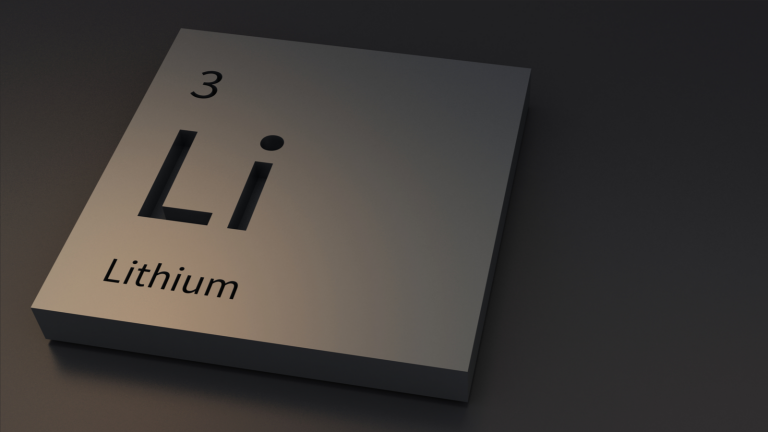Lithium prices have experienced sluggish growth in 2023, mainly due to the oversupply of the metal in the market and a relatively slowdown in sales of electric vehicles (EVs). Although some analysts predict that lithium demand will rebound in the second half of the year, driven by the recovery of the EV sector and the expansion of renewable energy storage projects, not all lithium producers are well-positioned to benefit from this trend. In fact, some of them have been facing serious challenges that could jeopardize their future prospects. Here are three lithium stocks to avoid because the businesses have been waving massive red flags.
Albemarle (ALB)

Albemarle (NYSE:ALB) earned several spots on my prior lists of lithium stocks. However, certain company-specific events and developments in the broader U.S. equities market have made me rethink my conviction. To briefly recap, Albemarle is one of the world’s largest producers of lithium and lithium derivatives. The company sources its lithium from various regions, including Chile, Argentina, Australia and Western Australia. In 2022, the company primarily produced lithium at its brine operations in the Atacama salt flat in Chile and its hard rock mines in Australia. The lithium producer made more than $7 billion that year due to elevated lithium prices.
Though Albemarle has had stellar quarterly earnings beats in 2023, lithium prices could soften as oversupply in the EV market continues unabated. In China, the world’s largest EV market and third largest producer of lithium, prices for the rare metal fell to another low, driven by slowing EV sales and battery producers holding out on buying lithium due to expected further price drops in the future.
ALB shares have decreased 16.1% year-to-date (YTD). If lithium prices continue their trend downward, despite what some analysts are expecting, that could be a major red flag for the lithium producer’s shares.
Mineral Resources (MALRY)

Mineral Resources (OTCMKTS:MALRY) is a leading diversified resources company in Australia, with extensive operations in lithium, iron ore, energy and mining services across Western Australia. The company owns a 50% interest in the Mt Marion lithium operation, one of the world’s largest hard rock lithium mines. It also owns a 40% interest in the Wodgina lithium operation, another world-class hard rock lithium deposit.
Though selling lithium only constituted 23.1% of Mineral Resources’ total revenue in 2022, the segment has been carving out a larger piece of overall revenue on a year-over-year basis. That could, in turn, increasingly expose the rare metals producer to fluctuations in lithium prices. The decline in global lithium prices in 2023 has yet to abate, which could jeopardize the company’s growing business segment.
Moreover, Mineral Resources experienced a fairly steady drop in quarterly EPS since 2022, implying that although revenue growth remains robust, shareholders are getting lesser earnings for every share they have owned. Shares have fallen 15.8% year-to-date, and these troubling fundamentals could lead to a further plummet in share price in the near and medium term.
Rio Tinto (RIO)

United Kingdom-based Rio Tinto (NYSE:RIO) is another diversified mining company and is actually one of the largest in the world. The company was able to enter the lithium mining space through its Boron mine in California. Despite a successful acquisition of the Rincon lithium mine in Argentina, Rio Tinto has definitely hit some roadblocks in the lithium mining space. The company owns a 100% interest in the Jadar lithium project in Serbia, which was expected to start production in 2026. However, the project was brought to an abrupt halt by local protests in January 2022.
Even outside of viewing Rio Tinto as a lithium-play, the miner is struggling in its core commodities segments, including iron ore. In the company’s second-quarter earnings print, Rio Tinto posted a sharp decline in first-half earnings. The reason had to do with soft demand from China for iron ore. Although China’s commodity demand could certainly pick up, the global economy remains uncertain, which could continue to put pressure on Rio Tinto’s revenue growth and margins.
The diversified miner’s shares have already dropped 8% YTD.
On the date of publication, Tyrik Torres did not hold (either directly or indirectly) any positions in the securities mentioned in this article. The opinions expressed in this article are those of the writer, subject to the InvestorPlace.com Publishing Guidelines.
